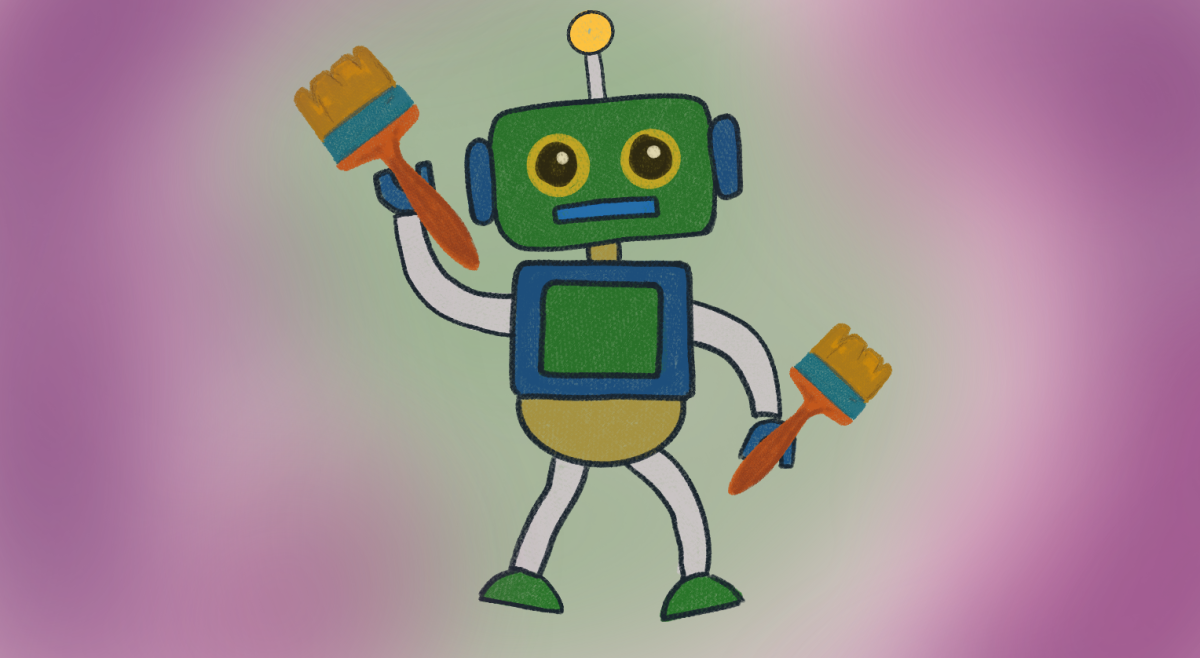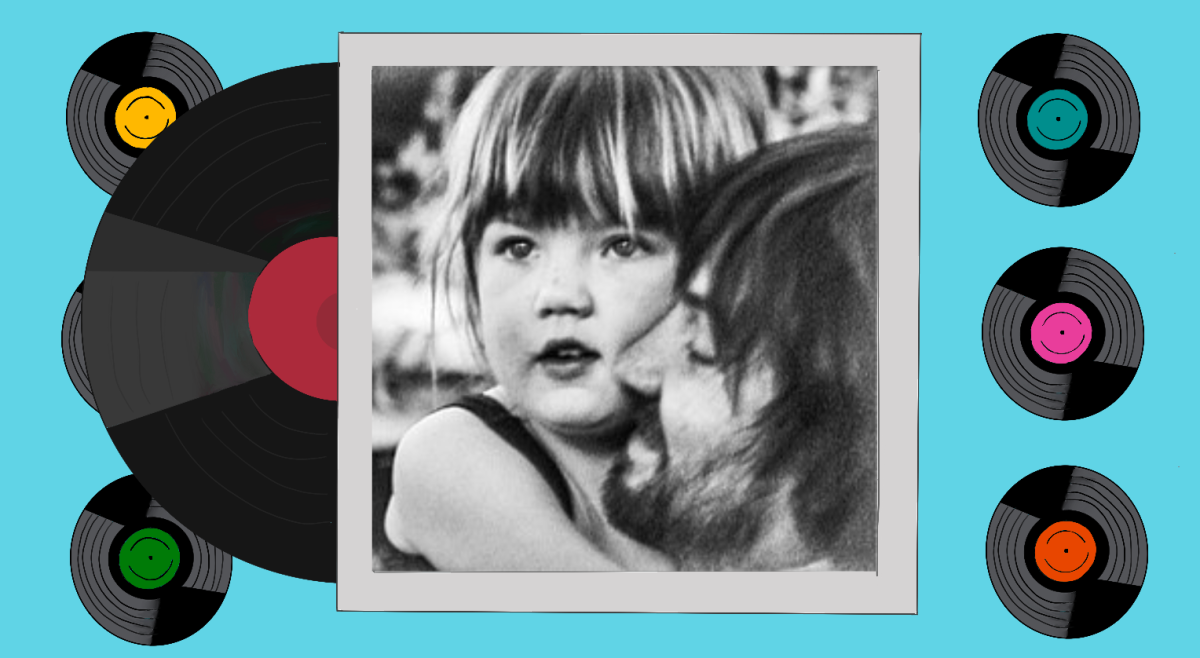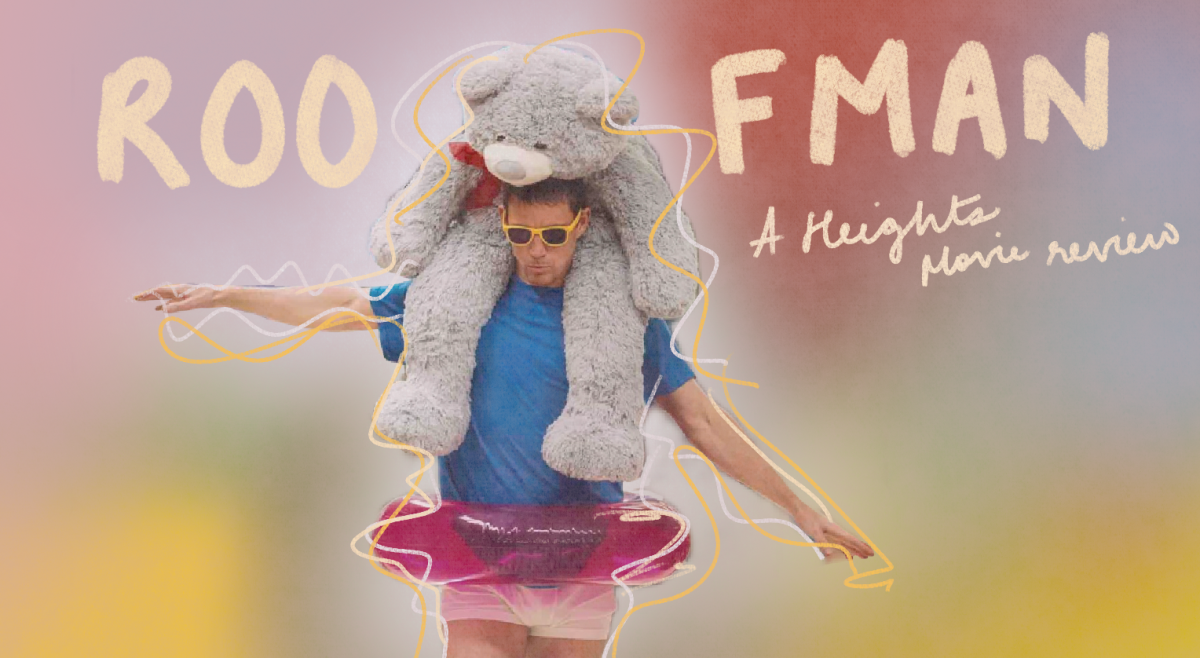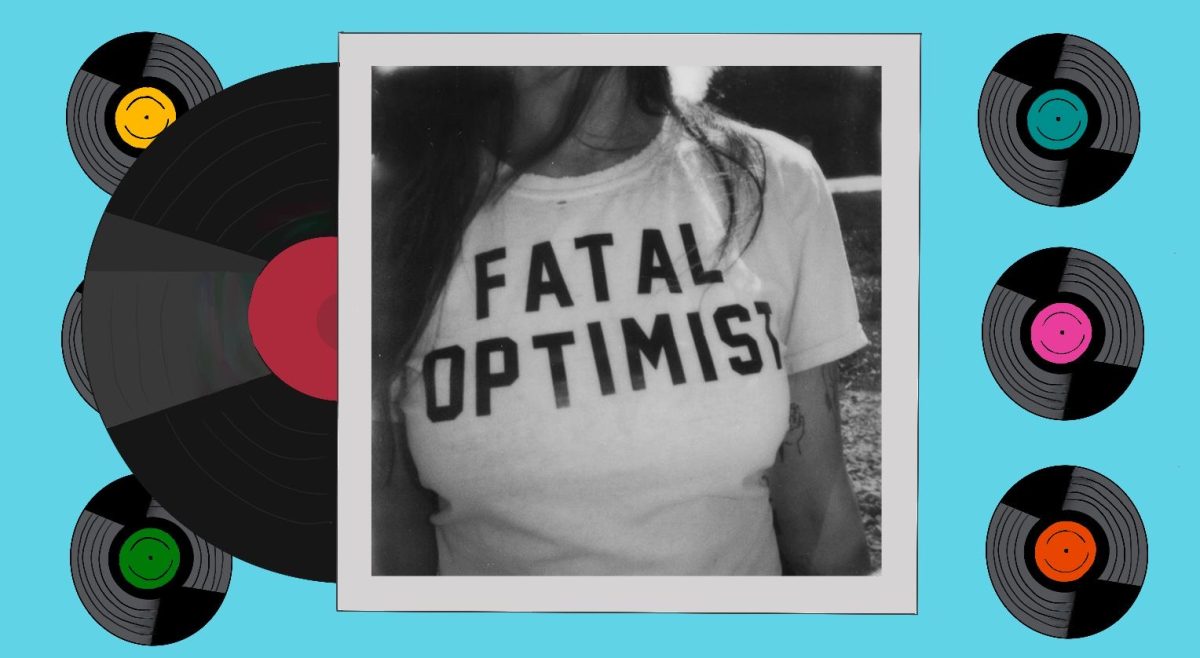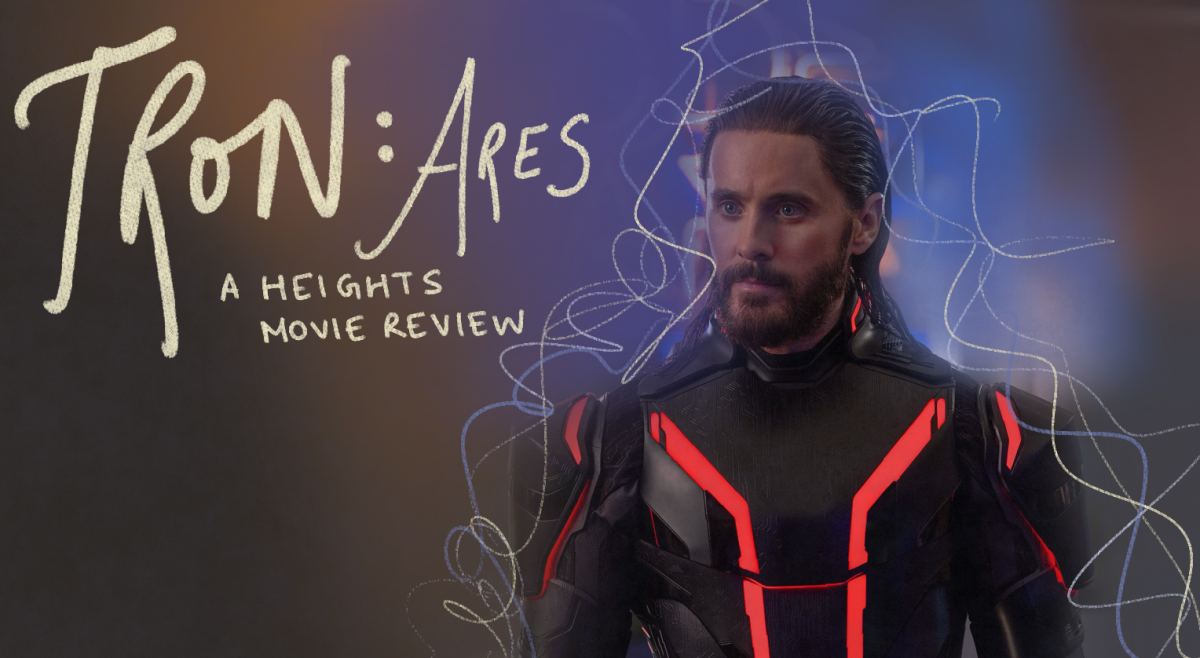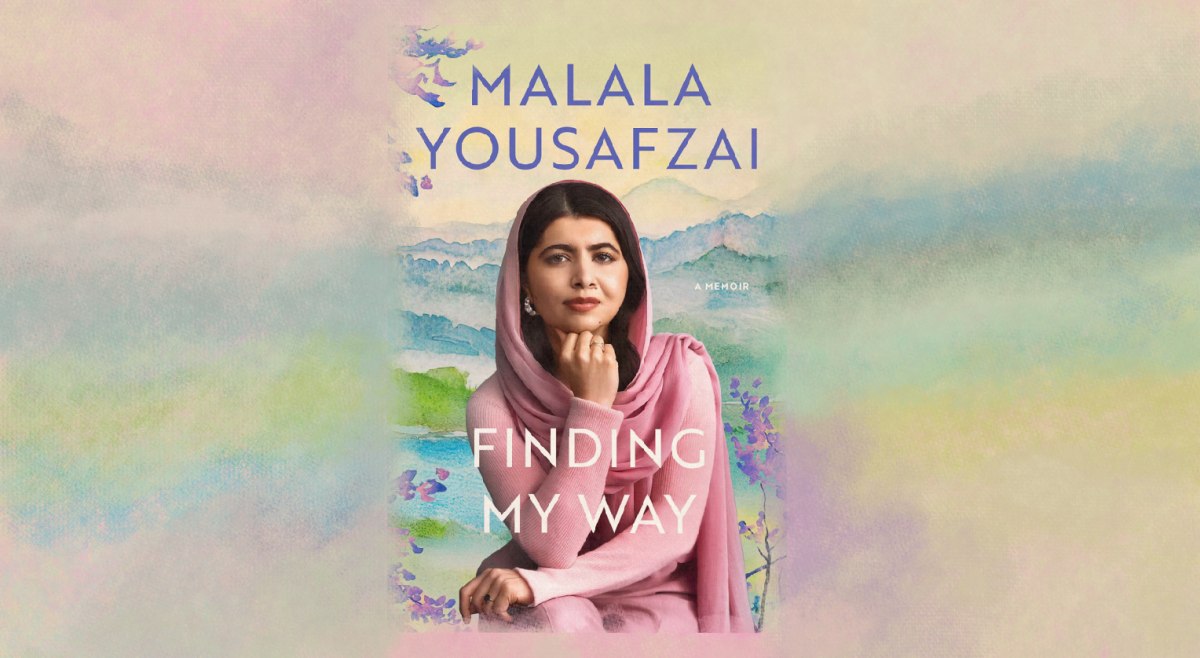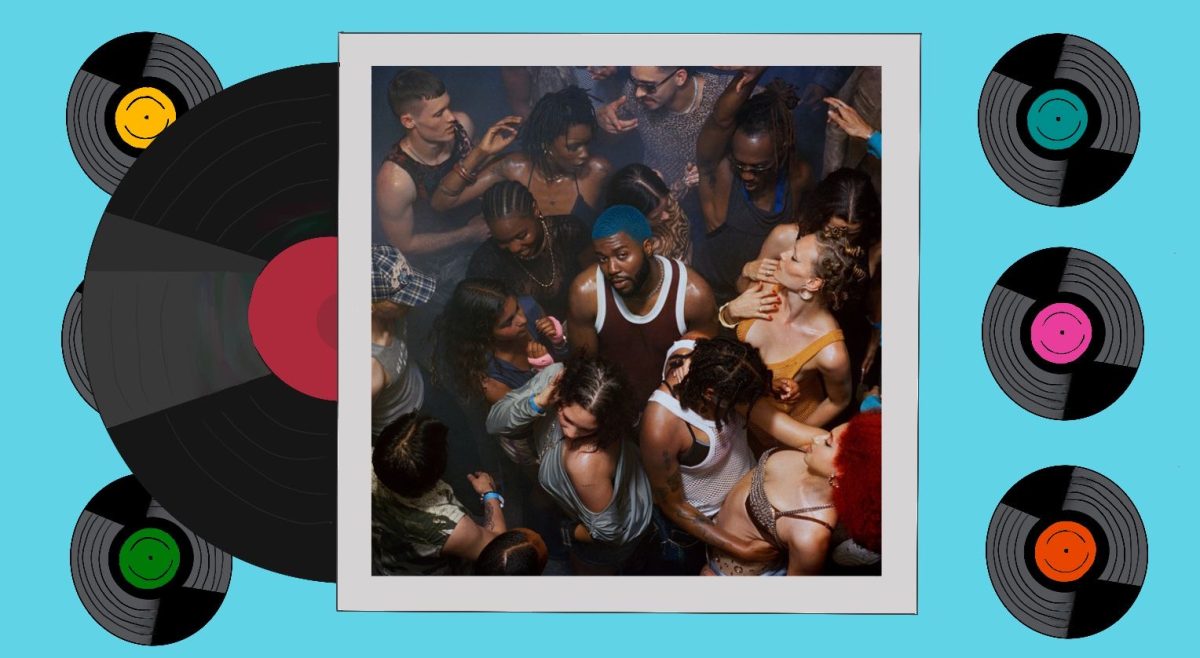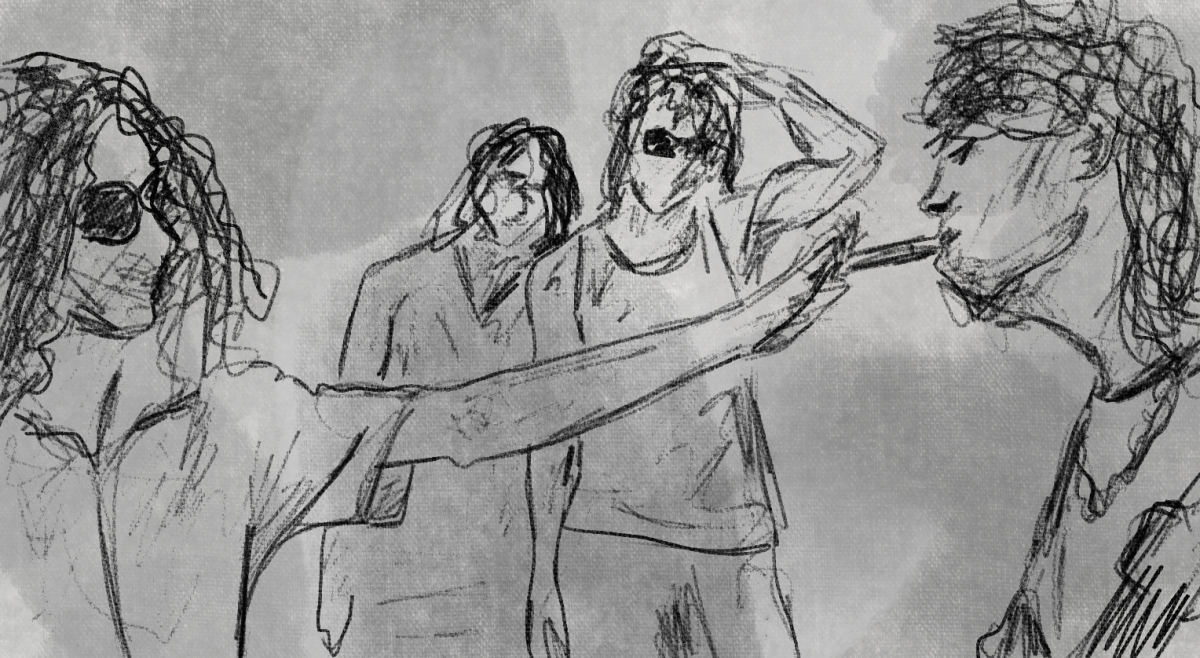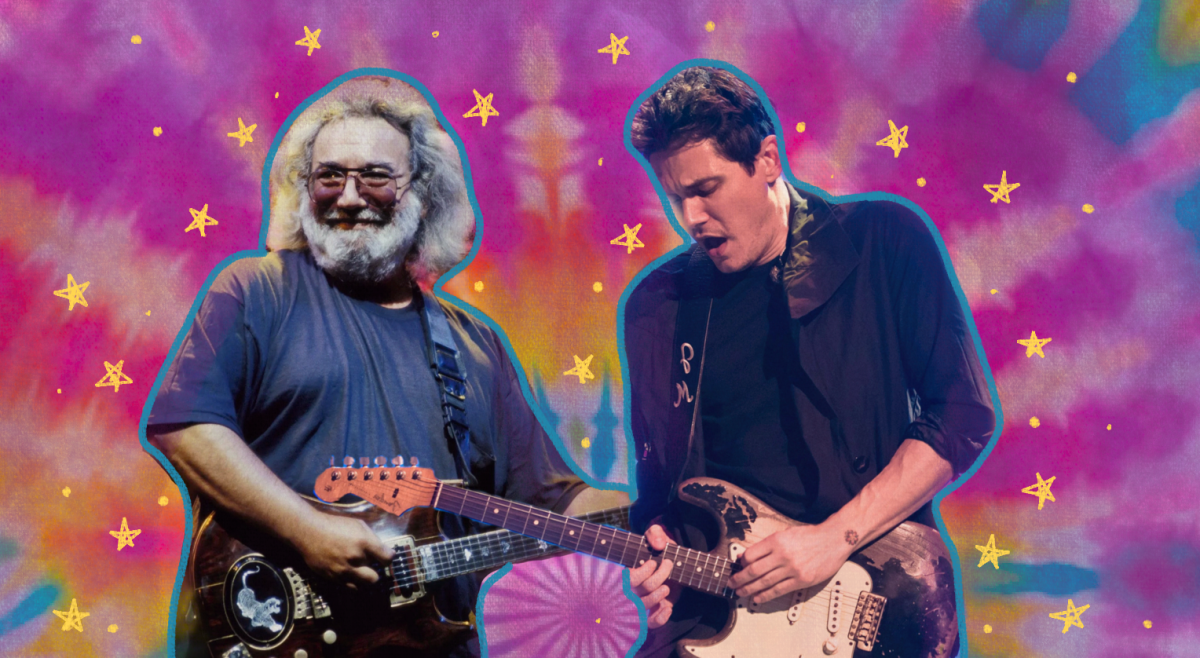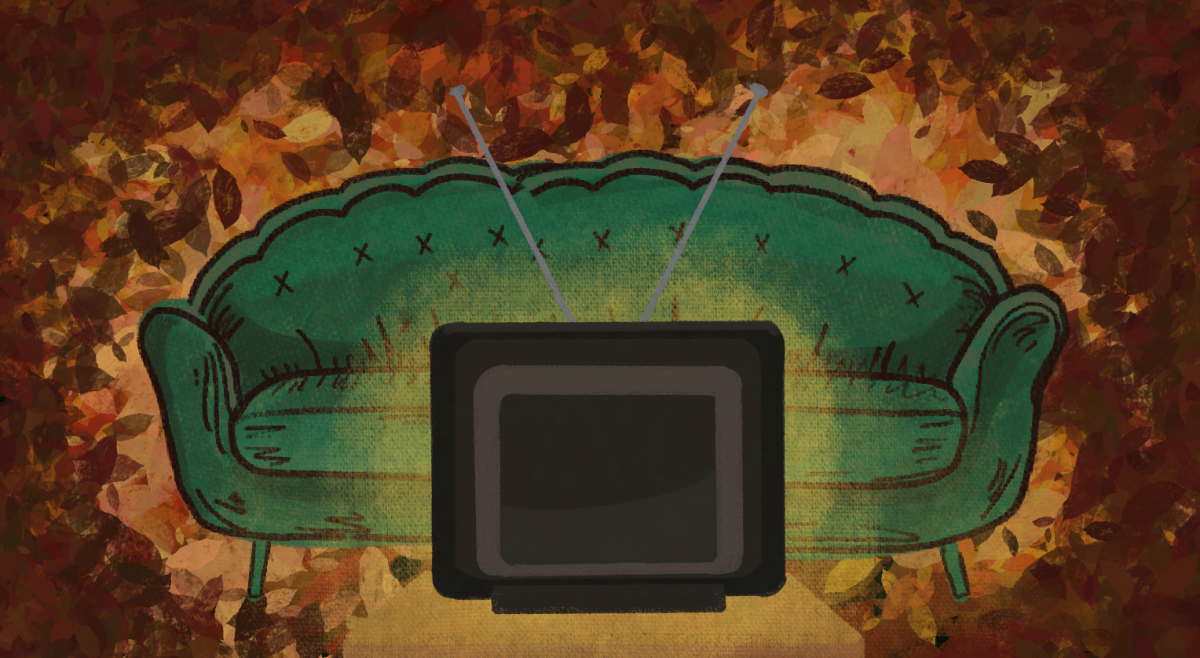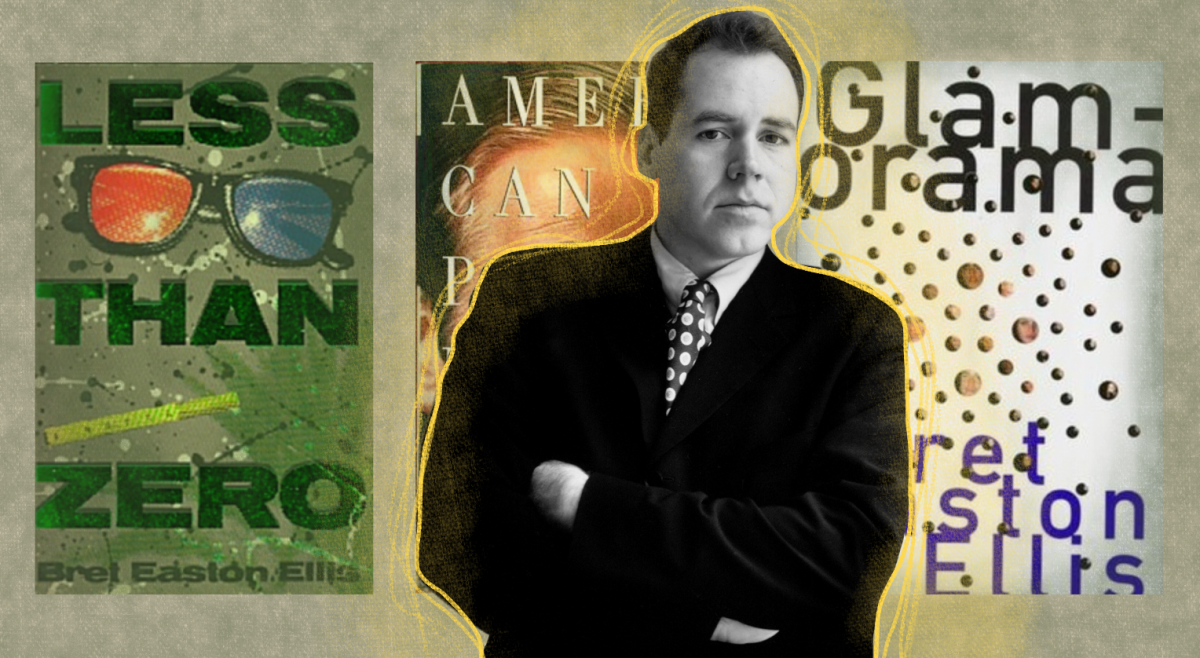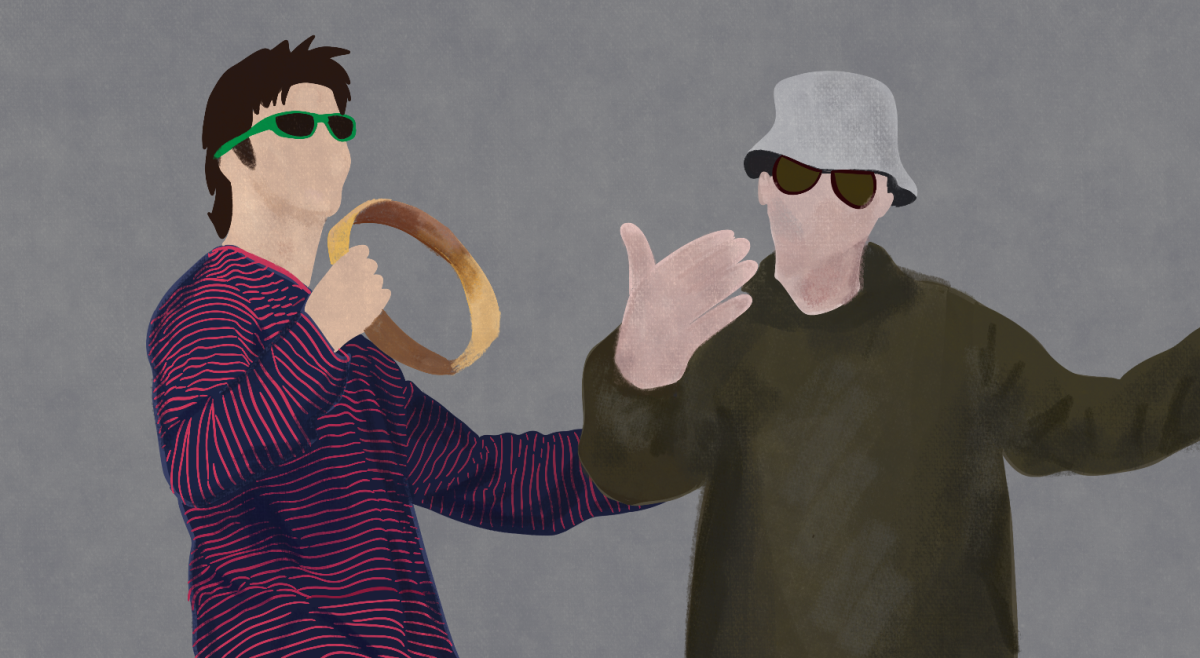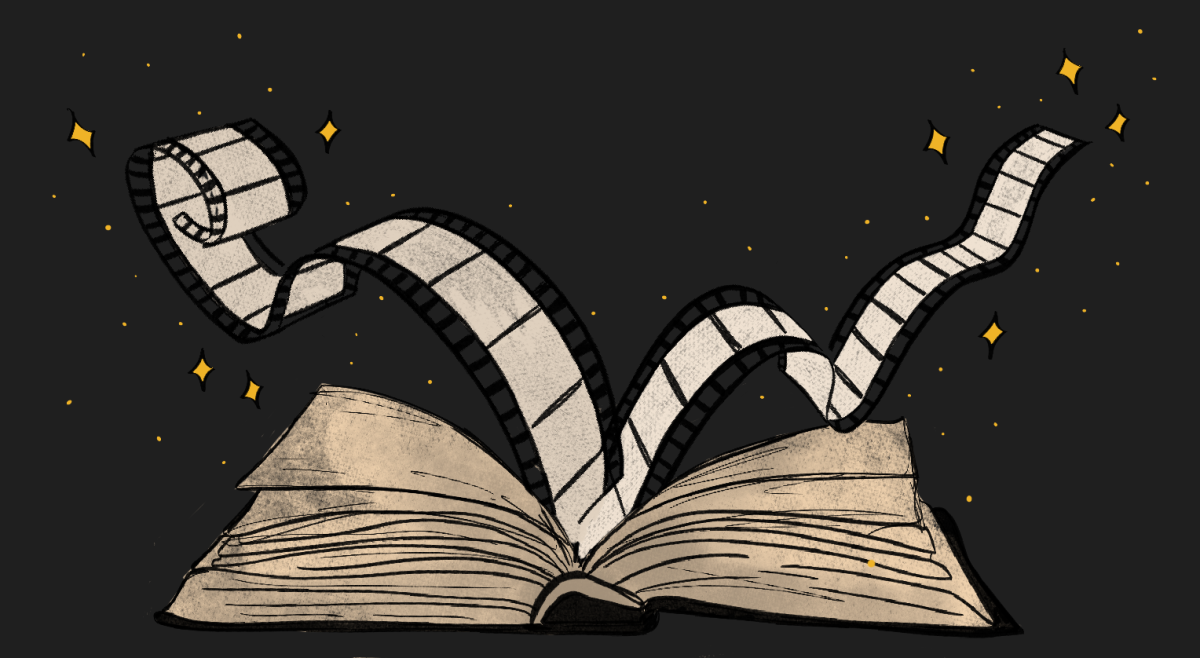Every day, AI-generated media is getting harder and harder to distinguish from human work. As people continue to feed and train AI, it has learned to become smarter in resembling human thought, creativity, and ingenuity.
The rise of AI has been a heated topic of discussion—on one hand, the device is a testament to modern technological advancement, but its creation has become a burden. Within the realm of creativity, AI has dampening effects.
It doesn’t take much scrolling through social media to see some form of AI art. But when you’re smiling at cute portraits of AI-generated dogs, remember this scary truth: Artists are losing their jobs.
Those who pursue art as a career often find themselves working by commission. Companies or individuals hire them, and their work can range from specific requests to projects with more creative freedom. Artists’ prices depend on various factors, but with generative AI, these artists are losing their footing.
As high school art student Kaitlyn Nguyen said in a KQED article, “Why would companies commission an artist when they can create a beautiful illustration or design with just a few clicks?”
The younger generation of artists is worried about their future careers becoming obsolete, and commissioned artists are currently feeling the consequences of AI. AI media is projected to be a $900 million market in the year 2030, with AI art companies Dall-E and Midjourney spearheading this radical change. This affects graphic designers, videogame designers, illustrators, animators—the list goes on. The International Confederation of Societies of Authors and Composers estimated that those in the music and audiovisual industries will most likely see a 21 to 24 percent revenue decrease by 2028.
This is solely because companies are favoring AI to reduce human labor. More recently, there has been an influx of short films published online created via Sora, a text-to-video program by OpenAI. With just a small prompt, Sora can replicate human work.
Since artists have already begun to lose wages, jobs, and revenue, questions revolving around crediting have arisen. Seventy percent of U.S adults think that artists should be compensated when AI uses their work. Others argue, however, that AI art isn’t based on a singular artist. AI-generated art is made up of millions of data pieces, and it is difficult to pinpoint where and who the art originated from.
Forbes has argued that AI art won’t be taking over—it’ll make tasks simpler. By automating over 26 percent of tasks, artists will be able to focus more on things that they care about rather than tedious tasks.
But isn’t this the whole point of creating art? For thousands of years, the craft of art took practice, time, and dedication, and now years of education are being thrown away for a couple of seconds of artificial generating. And arguably, the artwork that may be created might not even be good—it’ll just be “good enough.”
Blood In The Machines identifies the “Good Enough” phenomenon by saying that AI art isn’t necessarily better than real human art—it’s just “good enough” for companies to use. As AI art rises, the quality of art won’t get better, and it won’t be the fault of humans. As detail-oriented as AI-generated art may be, the story behind the art won’t ever be as captivating as actual human work.
Art, in whatever form, is more than just lines and color on a page. Commissioned artists are more than just tools. The murals we see on the sides of buildings or the covers we see on children’s books are valuable to us because of what transcends the wall or the page. AI simply cannot replicate the same emotion that captivates us in human art.
The discussion of whether AI-generated art should even be considered art is another discussion entirely. Still, AI clearly isn’t going anywhere. If we can’t beat the technology, we must fight for our policymakers to place restrictions on it—or at least learn to use it.

